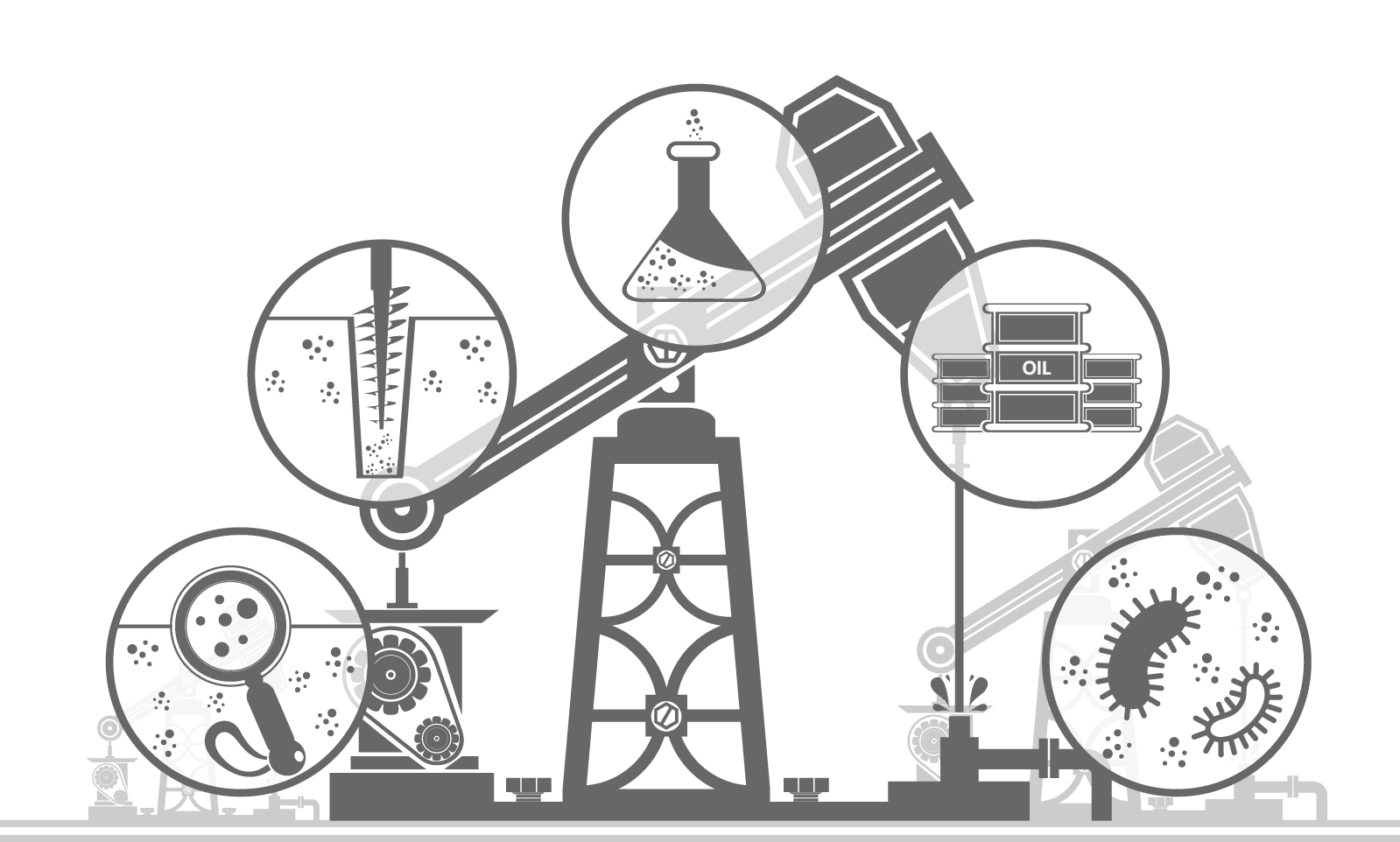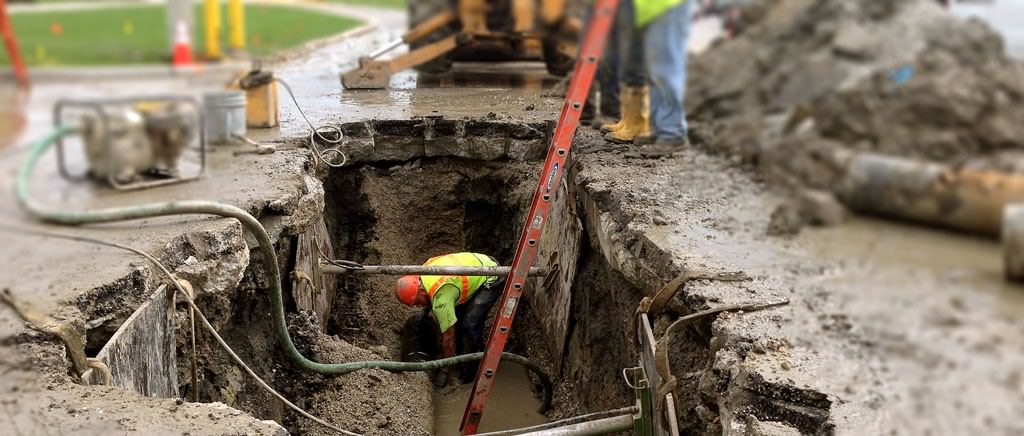Of all the questions that I’ve been asked when speaking with prospective clients in wastewater treatment, the one that I can count on is:
“Where should I test and how often do I need to run it?”
The first half is easy: Run tests anywhere that you currently run MLSS tests, as well as anywhere else that you’re curious about the state of your biomass. Of course, this includes the bioreactor itself to keep your finger on the pulse of the microbes in the process, but could also include up front to detect toxicity, and towards the end to see if effluent carryover is occurring.
The second half of the question is a bit more difficult to nail down. Routine testing at all key locations throughout the day, every day will give you a full understanding of the process at all times – but may not be feasible for everyone. As such, testing frequency should be tied directly to process goals in terms of how often the data is obtained to adequately understand what’s going on.
Goal: Toxicity management & mitigation
Recommended testing frequency: Daily
Those that invest in ATP testing to detect outplant toxicity usually state that they can be hit with little or no warning at any time. A monitoring program should be designed accordingly with daily testing (or perhaps during each shift) so problems are detected at the earliest point.
Depending on the process, corrective actions can include things like flow restriction/diversion, RAS flow adjustments, or perhaps some sort of upstream attention to mitigate the problem. Nevertheless, even if the plant has no option to modify what’s coming in, the feedback provided by ATP monitoring can drastically shorten the recovery time to return to normalcy.
Goal: Process optimization
Recommended testing frequency: 3 to 5 times/week
Due to its responsiveness to process changes, ATP monitoring can serve as an excellent tool to optimize process variables such as aeration feed rate, F/M, and sludge age. To achieve this, testing needs to be frequent enough to be able to observe the response of the process to these changes. Process changes can often have delayed reactions due to sludge age variations, among other things. As such, it is important to be able to observe the impacts of these changes over time to determine if there is a time lag, how long the lag is, and how the biomass responds by the time it reaches the new normal.
Goal: Inventory Management
Recommended testing frequency: 2 to 4 times/week
Should the process be very stable and utilizes a simple design with few opportunities for process optimization (e.g. no aeration turndown capability), the most fundamental process goal that can almost always be improved is the solids viability. This can be done once the optimum cATP level for a bioreactor has been established. That is, enough so that adequate treatment efficiency is achieved while not carrying so much that the process is over-populated. At this point, a cyclic process can be followed to purge solids and allowing new live biomass to grow back. After a number of these cycles, the percentage of solids inventory that is alive (Active Biomass Ratio, ABR) will improve.
Resource: Here is an application note focusing on how strategic wasting can result in improved ABR and other beneficial operational conditions.
Learn more
Regardless of your process objectives, a monitoring program that does not collect sufficient data to achieve those goals is doomed to fail. As such, the testing frequencies listed above should be taken into account when establishing your monitoring strategy. LuminUltra’s expert team of application scientists and engineers are at your service to help devise a wastewater testing program that works for you.









